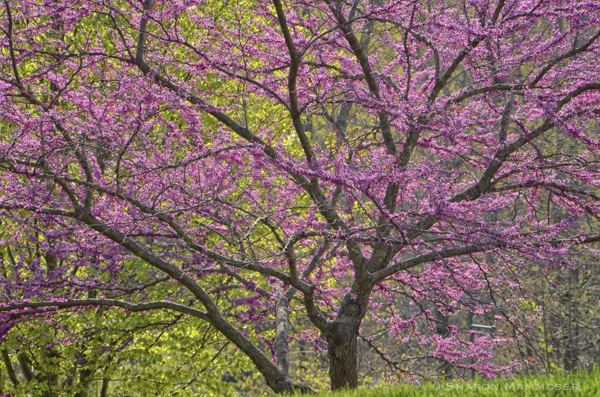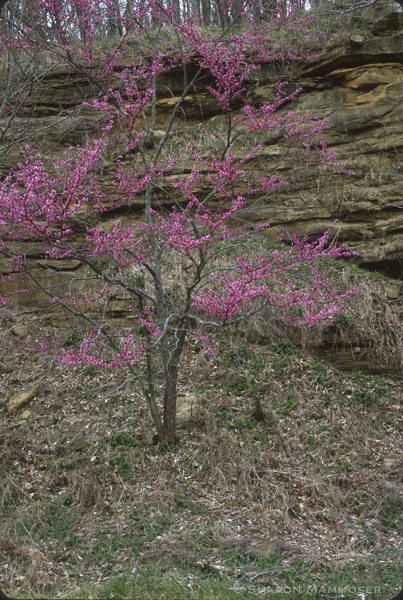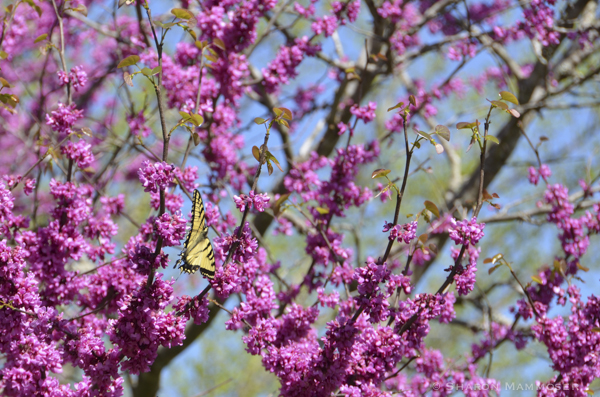If you’ve been following along, you know that my puzzler theme for the last few weeks has been HEART shaped. Last week’s puzzler was a tree with heart shaped leaves– a tree that if I had shown you a photo of it in the early spring–no doubt everyone would have been able to identify it as a Redbud tree.  Not surprisingly, there are numerous varieties of redbud trees–the eastern version is Cercis canadensis, while the European version is Cercis siliquastrum. The photos on the puzzler page depicted several species. There is a Mexican redbud, a Chinese redbud, an Oklahoma redbud, and many more.
Not surprisingly, there are numerous varieties of redbud trees–the eastern version is Cercis canadensis, while the European version is Cercis siliquastrum. The photos on the puzzler page depicted several species. There is a Mexican redbud, a Chinese redbud, an Oklahoma redbud, and many more.

The eastern redbud tree is known by many gardeners for its lovely pinkish, purple flowers that blossom very early in the spring, bringing color to an otherwise gray landscape. Honeybees leave their hives, gathering on the blooms in large quantities, just like they do on cherry blossoms. The seeds of the redbuds are eaten by a variety of animals, including deer, squirrels, cardinals, pheasants and other birds.

Despite its beauty, Oklahoma is the only state to claim it as their state tree, which they did in 1937. The reason for this might be that people falsely believed the redbud was the tree that Judas used to hang himself. This however is impossible since the type of redbud that grows in the United States is not the same one that grows in the Mediterranean.
Eastern redbuds are fast-growing, reaching heights of 25-35 feet tall. They are native to the eastern United States, west to Kansas, Oklahoma and Texas.
Do you have one in your yard? Did you know the flowers are edible? Next spring, try collecting some and adding them to your salads!

